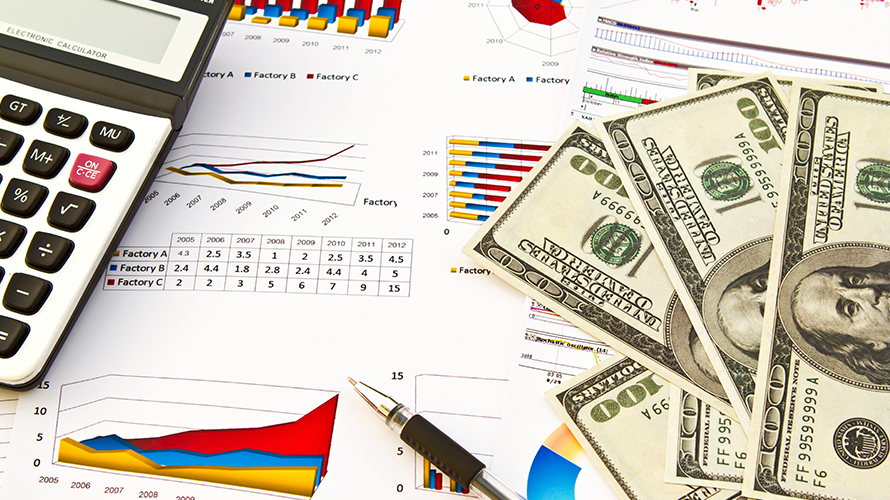Introduction:
The working capital is one of the most effective tools in the world of accountancy as it represents the company’s performance along with its financial position on a short-term basis. There is an organized method of evaluating the working capital which can help in finding some value-added insights regarding the company.
It can be calculated with this formula – Current Assets – Current Liabilities.

Furthermore, it depicts about the total amount of short-term assets that should cover up the short-term debts at the same time to keep the equation balanced.
It is possible that companies can go into a negative trend as their debts can overcome their short-term assets in terms of the value. Considering this as its important aspect, a company representing working capital with the digit ‘2’ is often indicating that it has stopped investing in excess assets.
Working Capital Cycle:
It is a simple process of turning net current assets and short-term liabilities into a hard cash and companies are highly recommended to reduce their working capital cycle to adhere by this phenomenon. It can be done through receivables or stretching their loans even farther. According to experts, the right working capital cycle balances the whole equation of incoming cash and outgoing payables to reduce net working capital and enabling the free cash-flow mode.
Additional Information:
- If the ratio turns less than one then the company is ought to be having a negative working capital.
- It isn’t mandatory that companies should exhibit a higher working capital ratio, because it also embarks on the leftover inventory which is not getting sold out.
- Best results are obtained after comparing first year’s working capital with the second year’s stats.

